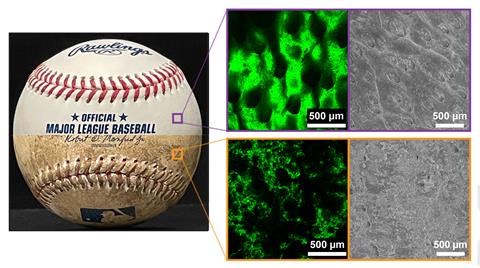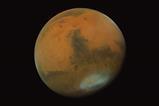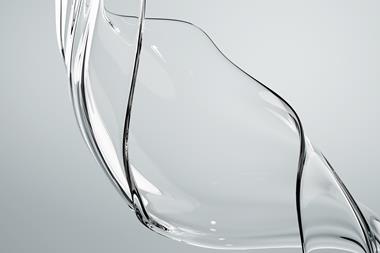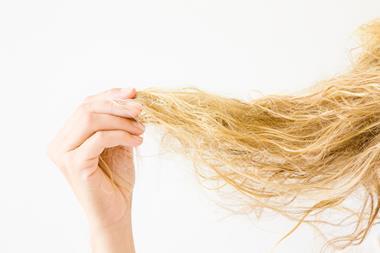For nearly a century, mud collected from a secret river location in New Jersey has been used to de-gloss the balls used in Major League Baseball to improve pitchers’ grip and control. Now, an investigation into the ‘magic’ mud’s fluid mechanics reveals how material’s special properties arise.
Researchers at the University of Pennsylvania, US, led by Douglas Jerolmack, have shown that the rubbing mud comprises clay, silt, sand and organic materials. While the clay, silt and organic matter help to make the mud sticky, the sand acts as grit to enhance friction, giving a material that ‘flows like skin cream but grips like sandpaper’.

The team first measured how easily the mud spreads using a rheometer – an instrument featuring two rotating plates. By placing the mud sample between these plates, the researchers found that the clay and silt components allow it to flow easily. When applied to a baseball, this means that the mud forms an even, pore-filling coating on the ball’s leather surface.
Atomic force microscopy showed that the mud leaves an adhesive layer on the ball, improving the surface stickiness and helping pitchers maintain control. To assess the mud’s sandy texture, the researchers also built a custom tribometer, a device that mimics the friction of human fingers. This confirmed that the mud’s coarse particles enhance surface friction, providing up to twice the grip of an untreated baseball.

Although Major League Baseball has explored synthetic substitutes, no alternative has matched the natural blend of grip-enhancing properties seen in magic mud. Jerolmack’s team highlights the sustainability of the material, which is naturally replenished by the tides and only used in small quantities – providing ‘a glimpse of future Earth-inspired materials science’.
The researchers also suggest that the combination of sticky and gritty elements in rubbing mud may point to new applications, for example as a natural friction agent to improve vehicle traction on slippery surfaces, or as a sustainable binding agent for construction materials.
References
S Pradeep et al, PNAS, 2024, DOI: 10.1073/pnas.2413514121

















No comments yet